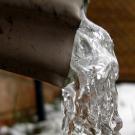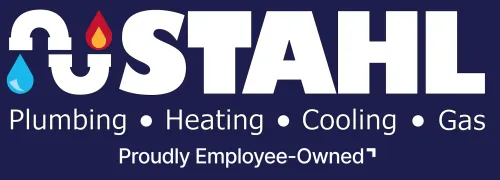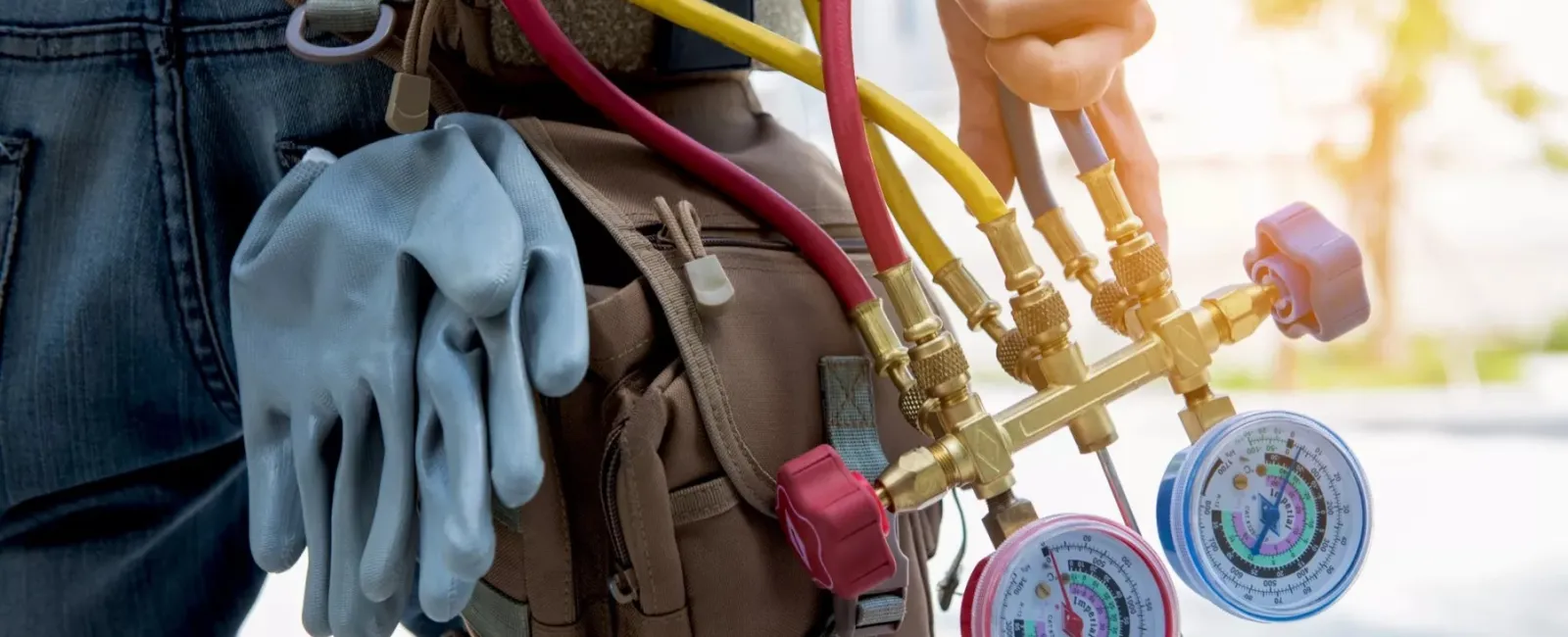 Here in Pittsburgh, frozen pipes are just a part of life. Perhaps you left town and a cold snap occurred, or maybe you just forgot to let one of your pipes drip one winter night. Whatever happened, your pipes are now filled with solid ice — and you have to be very careful about thawing them. Our licensed plumbers have tips on how to thaw your pipes and what to do if they have burst.
Here in Pittsburgh, frozen pipes are just a part of life. Perhaps you left town and a cold snap occurred, or maybe you just forgot to let one of your pipes drip one winter night. Whatever happened, your pipes are now filled with solid ice — and you have to be very careful about thawing them. Our licensed plumbers have tips on how to thaw your pipes and what to do if they have burst.
How To Identify Freezing or Frozen Pipes
If you can see your pipes, look for water lines that are coated in frost or are visibly bulging. Most pipes, however, are located where you cannot see them. The way you can tell if these pipes are frozen is to try using them. If water is not flowing to your faucets or toilet tank, it is probable that your pipes have frozen.
Thawing a Frozen Pipe
Before you try to thaw a frozen pipe, you need to shut off the water supply to that pipe. Thawing a pipe out may result in leaks as frozen water can act like a plug while it is in place. The last thing you want is to still have the water on if the pipe is leaky. Our Pittsburgh plumbers strongly recommend that you have a bucket, a mop and towels handy before you begin a pipe thaw just in case a leak appears.
To thaw your pipe, gently heat the pipe or the room with a space heater, heat lamp or hair dryer. You may also find that using thermostatically controlled heat tape on the affected area of the pipe may help to speed things up. Whatever you use, be smart about it. Don't leave space heaters on carpet or other flammable surfaces. Never use an open flame to thaw a pipe. If you can, stay with the pipe while it thaws to avoid safety issues.
If Your Pipe Bursts
If the pipes have burst in your home thanks to freezing, your first step is to turn off the water to minimize the damage. Your next step is to contact Stahl Plumbing. We offer 24-hour plumbing repair services so that you can get things back to normal quickly after a pipe bursts in your home.
Image Courtesy of: Creative Commons

